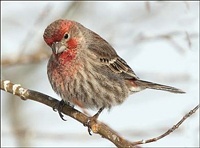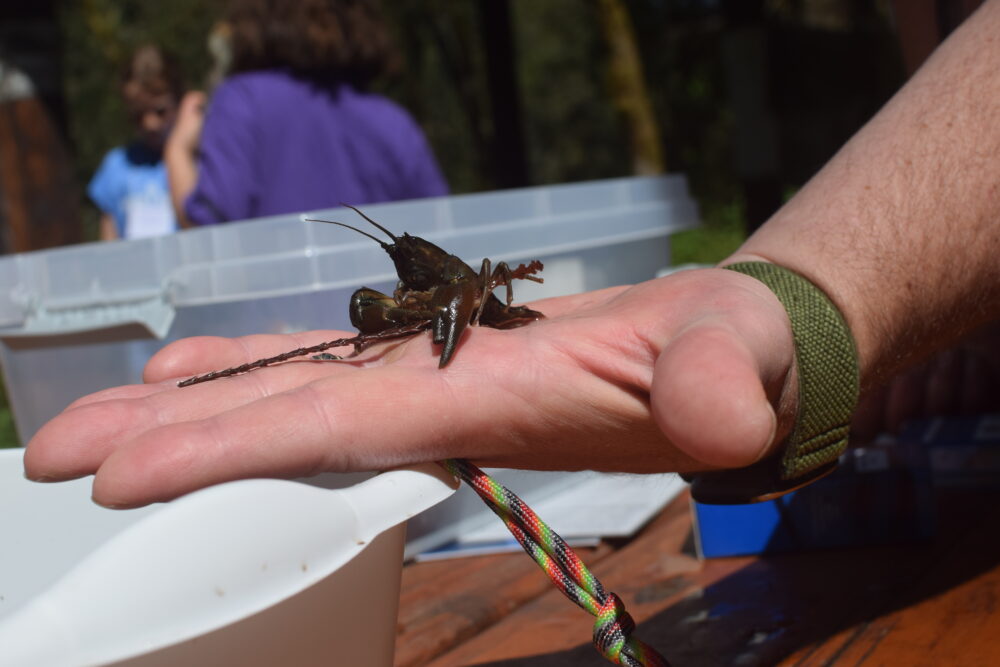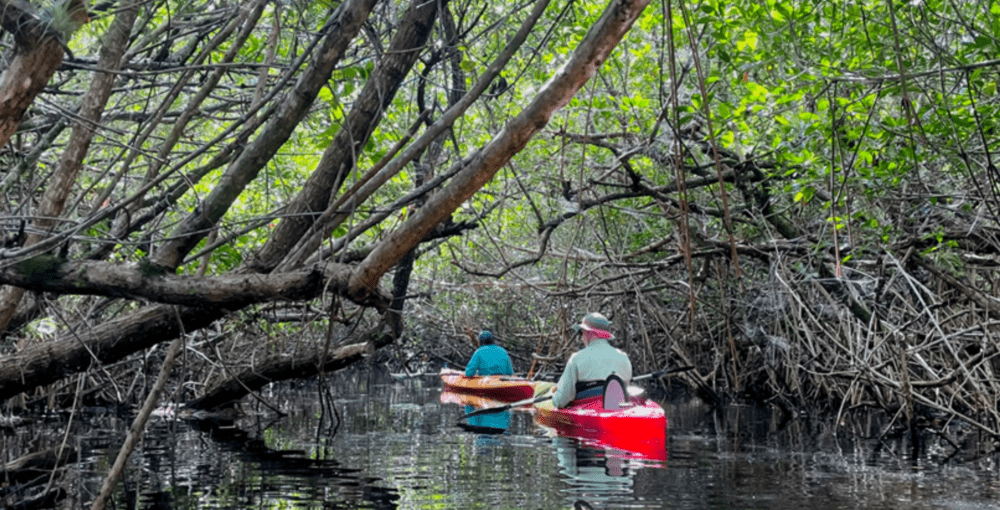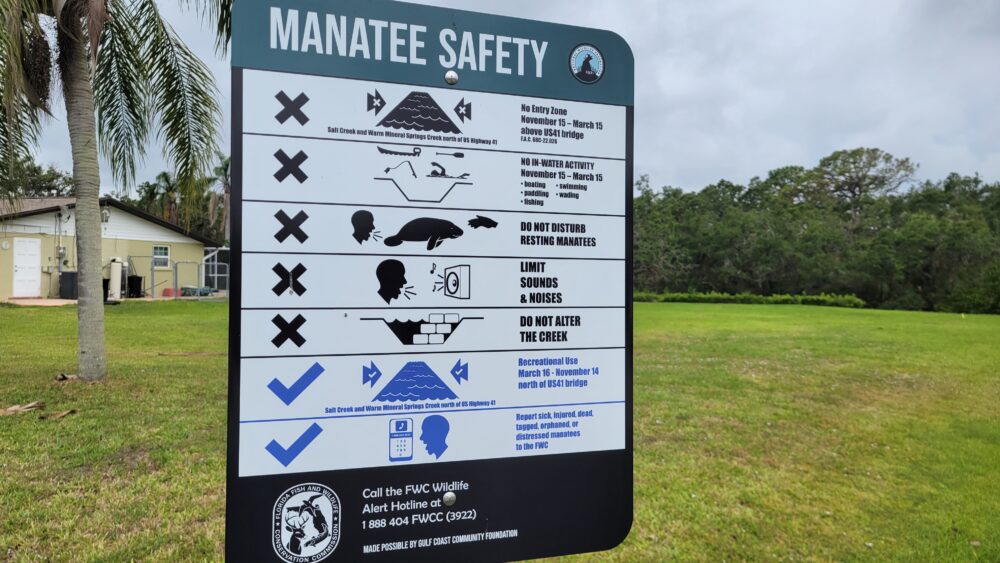We have much more to do and your continued support is needed now more than ever.
Natural Backyard Habitats Serve Birds Better
A recent study of residential landscape types and native bird communities in Phoenix, Arizona, suggests that yards mimicking native vegetation and wild lands offer birds “mini refuges,” helping to offset the loss of biodiversity in cities and supporting birds better than traditional grass lawns and non-native plantings.

“We already know that bird communities differ, and there are more desert birds found in the desert-type yard,” Lerman says. “With this study, we’re starting to look at how different yards function, whether birds behave differently by yard type.”
Lerman and her colleagues conducted the experiment in 20 residential yards in Phoenix—which lies at the northern edge of the Sonoran Desert—using seed trays to determine the extent to which visiting birds depend on artificial versus natural food sources. In all, 14 species visited the trays, 11 of which visited both yard types.
Birds Go Natural
The researchers found that foraging birds fed at seed trays in moist yards more than did birds foraging in dry yards. Foragers in the desert-like yards quit the seed trays earlier because of a greater abundance of alternative food resources in those yards, spending more time foraging in the natural yard and less at the seed tray.
The study could be used as a model for other habitats, as birds and other species in any ecological area are more likely to be attracted to and benefit from yards that match natural habitat, as opposed to yards composed mostly or entirely of nonnative plant species. The results of this study add to increasing evidence that native landscaping can help to mitigate the impacts of urbanization on common songbirds, Lerman says.
How You Can Help
You can help birds and other wild animals enjoy a more natural environment in your yard (and at your church, school and other community centers) by signing up with NWF’s Certified Wildlife Habitat® program.
You can also share photos of your habitat work and learn how to garden for wildlife.
More Information
Other research on backyard habitat.
Teen creates community wildlife habitat.
History of the Certified Wildlife Habitat program.
Further background on Certified Wildlife Habitat.




















